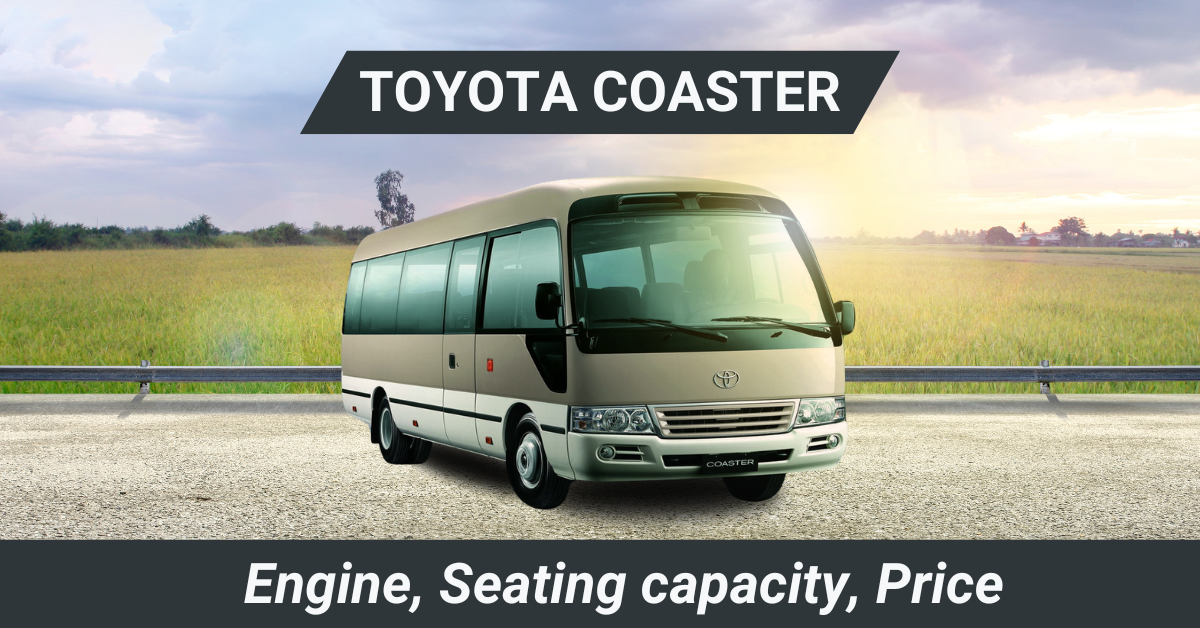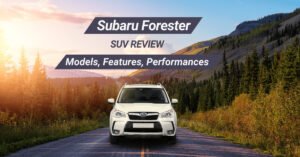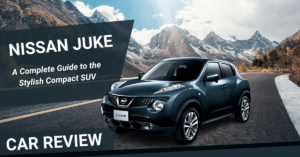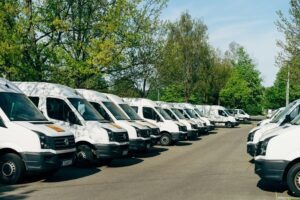The Toyota Coaster is one of the most popular minibuses worldwide, known for its durability, reliability, and spacious interior. Whether for business, tourism, or private use, the coaster bus has built a strong reputation for efficiency and comfort. In this guide, we’ll explore why the Toyota Coaster bus is a top choice for transport companies and fleet owners.
Toyota Coaster 3rd generation, B40/B50 series (1992–2017)
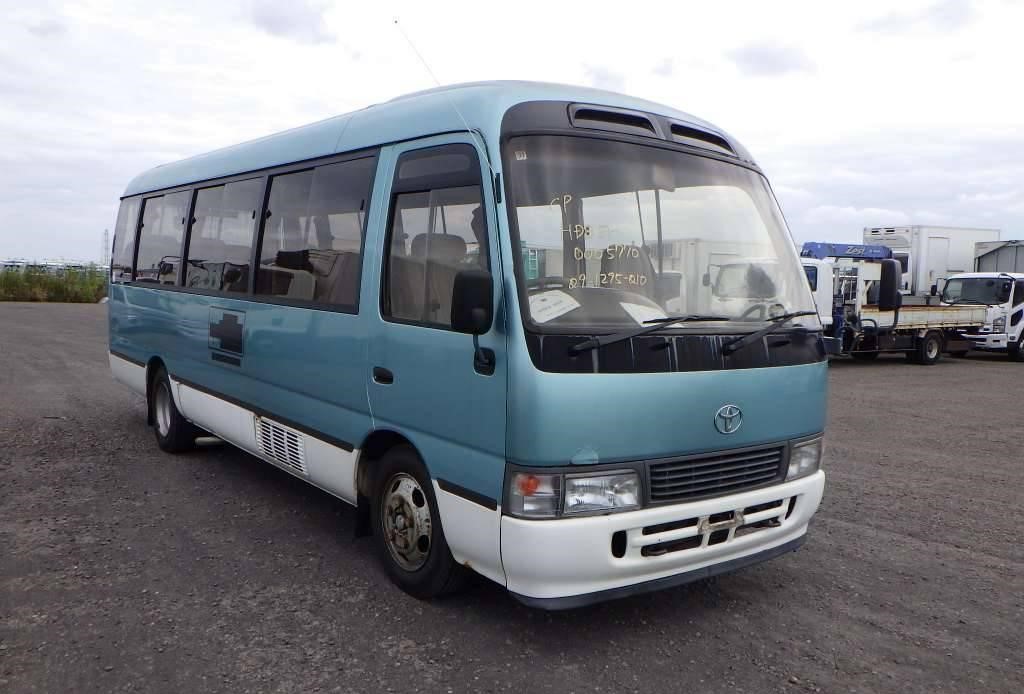
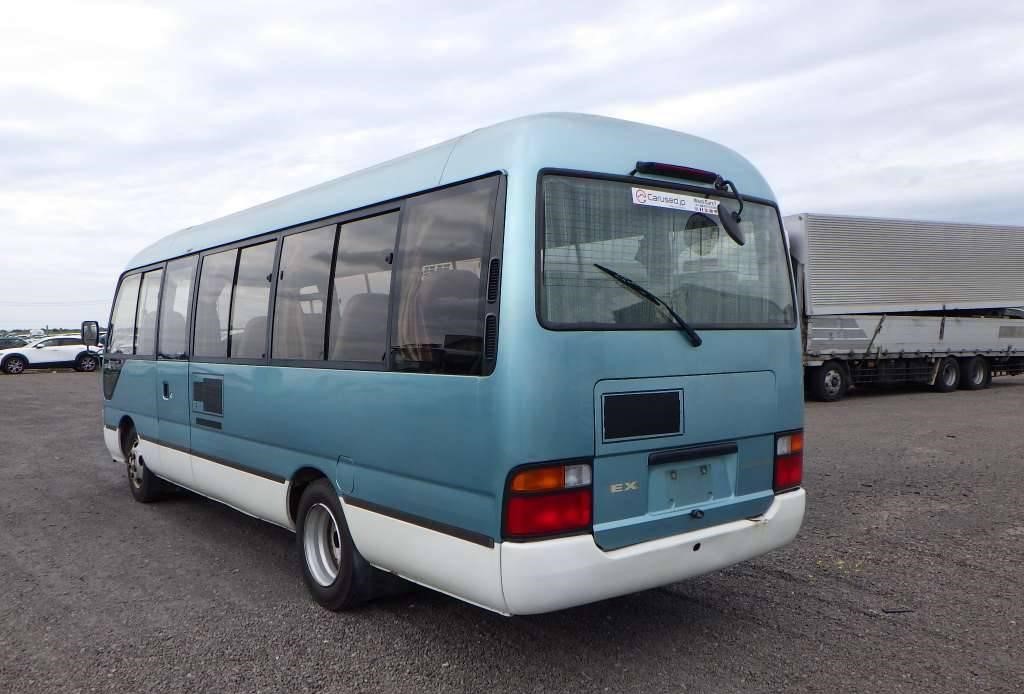
Toyota introduced the third-generation Coaster in January 1993, designing it to set the standard for the next wave of small buses. The new model featured a sleek, aerodynamic body with expansive glass windows while maintaining a lineup similar to its predecessor.
This version included three diesel engine options: a 4.2-liter turbocharged unit producing 170 hp (1HD-T), a 4.2-liter engine with 140 hp (1HZ), and a 3.4-liter unit delivering 98 hp (3B). Engineers improved ride quality and handling and added safety features such as an anti-lock braking system (ABS). Additionally, they completely removed asbestos from the design to enhance environmental safety.
Toyota repositioned the engine further toward the front, creating a flatter floor beneath the second-row seats and improving visibility for passengers seated in the third row and beyond. Engineers also worked to minimize noise and vibrations, achieving superior cabin quietness within its category.
In November 1995, Toyota launched a full-time four-wheel-drive variant with a high-roof extended body, a 4.1-liter diesel engine (15B-F), and an electronically controlled transmission (ECT) system. The company later introduced a hybrid electric vehicle (EV) version in August 1997, equipping it with a series hybrid system where a 1.5-liter gasoline engine generated electricity exclusively for the main electric motor. This innovation significantly reduced CO2 emissions and vibrations.
Interior & Exterior
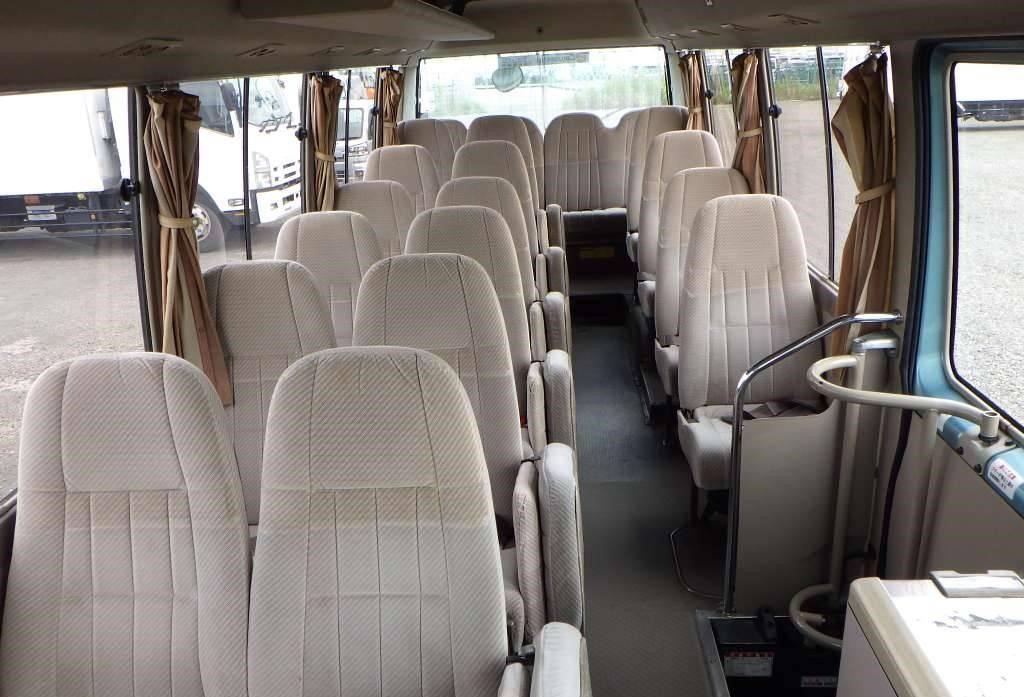
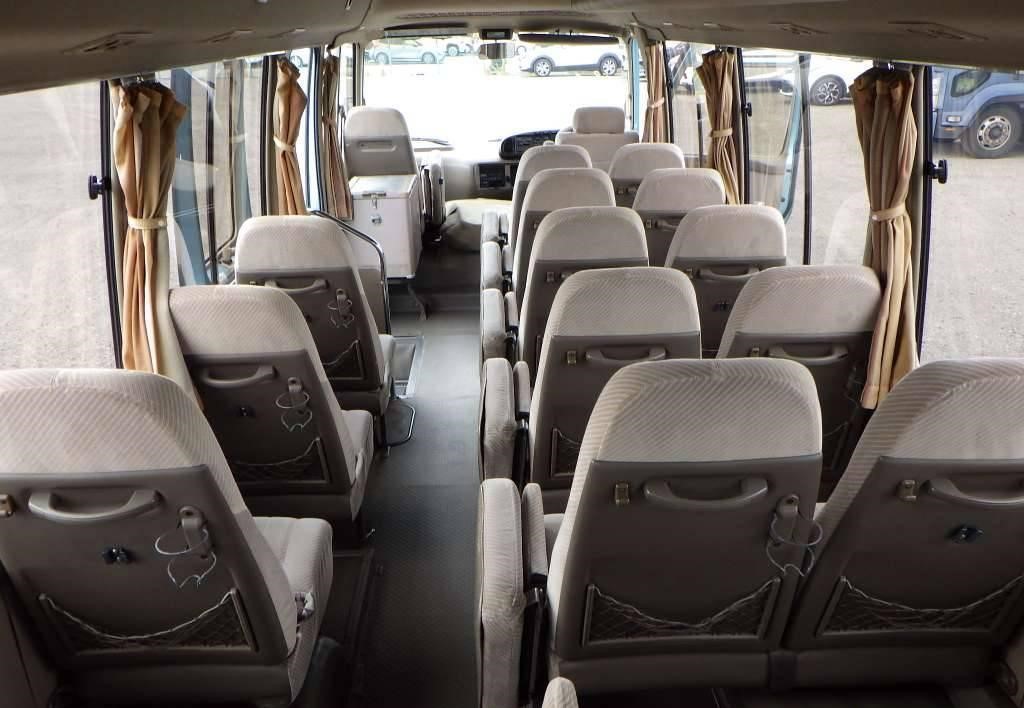
Seating capacity : 29 seats
Dimensions, Engine & Fuel efficiency
| Grade | Super Lounge | Deluxe | EX | |
| Model type & weight | Model Type | U-HDB51-ZCMZX(ZCPZX) | U-HZB50-ZRMDS | U-HZB41-ZCMQS |
| Curb Mass (kg) | 3610 | 3110 | 3280 | |
| Dimensions | Length (mm) | 6990 | 6990 | 6255 |
| Width (mm) | 2025 | 2025 | 2025 | |
| Height (mm) | 2750 | 2580 | 2580 | |
| Wheelbase (mm) | 3935 | 3935 | 3200 | |
| Engine | Engine Code | 1HD-T | 1HZ | 1HZ |
| Engine Type | Water-cooled, in-line 6-cylinder | Water-cooled, in-line 6-cylinder | Water-cooled, in-line 6-cylinder | |
| Displacement (cm³) | 4163 | 4163 | 4163 | |
| Max. Output (kW/PS/rpm) | -/170/3600 | -/140/4000 | -/140/4000 |
The specifications listed are for representative model grades.
Maximum output represents a net rating.
Digits separated by slashes (/) indicate kW, PS, and rpm, respectively.
Model numbers for these vehicles include:
HDB51(4200), HDB50(4200), HZB50(4200), HZB41(4200), HZB40(4200), HZB56V(4200), BB40(3400), BB46V(3400).
Toyota Coaster vs Competitors
| Feature | Toyota Coaster | Mitsubishi Rosa | Nissan Civilian |
|---|---|---|---|
| Engine Options | Diesel, Gasoline | Diesel, Gasoline | Diesel, Gasoline |
| Passenger Capacity | 17-30 | 25-30 | 26-30 |
| Fuel Efficiency | 13 L/100km | 16 L/100km | 21 L/100km |
| Maintenance Costs | Low | Medium | Medium-High |
| Resale Value | High | Medium | Medium |
toyota coaster vs mitsubishi Rosa
toyota coaster vs nissan civilian
The Toyota Coaster for sale stands out due to its better resale value, fuel efficiency, and durability, making it the preferred option for many buyers.
Toyota Coaster Price
How much is a Used Toyota Coaster ?
Prices for the Toyota Coaster price vary by year, condition, and location but it usually starts at around $12,000 depending on the generation and features.
Is the Toyota Coaster bus Worth It?
If you’re looking for a reliable, fuel-efficient, and durable minibus, the Toyota Coaster is an excellent investment. It offers spacious seating, long-lasting performance, and low maintenance costs, making it the top choice for businesses and transport services.
Disclaimer: For the most accurate and detailed information about Toyota Coaster models and their specifications, please refer to the official Toyota documentation.
